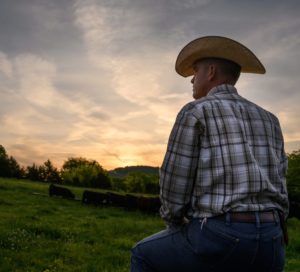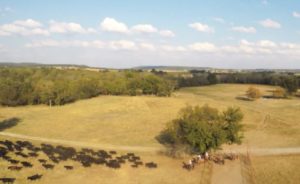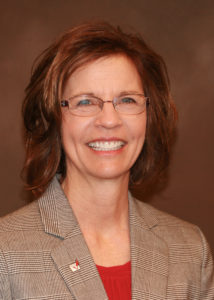 Beef producer Joan Ruskamp from Dodge, Nebraska, was elected by fellow Cattlemen’s Beef Board (CBB) members to serve as CBB chairman in 2018. The vote came during the 2018 Cattle Industry Annual Convention in Phoenix, Arizona.
Beef producer Joan Ruskamp from Dodge, Nebraska, was elected by fellow Cattlemen’s Beef Board (CBB) members to serve as CBB chairman in 2018. The vote came during the 2018 Cattle Industry Annual Convention in Phoenix, Arizona.
Get to know Joan in the following interview:
Tell us about yourself and your history in the beef industry.
I grew up in Grand Island, Nebraska with dreams of living on a farm. My dreams were fueled by stories from my dad’s childhood experiences on the farm and my exposure to ranch life from extended family members on my mom’s side. My love for animals grew from dogs and cats to buying a horse with detasseling money. That interest in animals eventually led me to the Nebraska College of Technical Agriculture in Curtis, Nebraska where I received an associate’s degree in veterinary medicine.
A three-month work experience program in O’Neill, Nebraska strengthened my desire to work around cattle. While working for a mixed practice veterinary clinic in Fremont, Nebraska, I met my husband, Steve. Our first date was riding horses around his family’s farm and feedlot. We married in 1981 and had the opportunity to buy the farm Steve’s dad grew up on.
We grew the feedlot from a few hundred cattle to a few thousand by custom feeding. My role has always been in the cattle doctoring and processing area, along with record keeping. Working on a farm, raising five children, and volunteering in the community gave me little extra time for other organizational work. As our last child graduated from high school, I began sharing the beef story with consumers. My appointment to the Cattlemen’s Beef Promotion & Research Board (CBB) has allowed me to serve the beef community by bringing my producer experience and passion for beef together.
What do you believe is the biggest strength you bring to the table as chairman?
I believe my biggest strength is my passion for communicating the beef story. I live the beef story and see first-hand the commitment to quality care and improvement from farmers and ranchers like Steve and I.
There was so much I didn’t know about farm life until I lived on a farm, so I understand the disconnect consumers have. As our checkoff continues the work of growing demand for beef, I hope to channel my passion into serving the beef community as a trusted leader.
Tell us about your family.
My husband, best friend, and business partner for over 36 years is Steve Ruskamp. He is a fourth-generation farmer and cattle feeder. We have been blessed with five amazing children and the people they have brought into our family.
Our oldest daughter, Ginger, is married to her childhood sweetheart, teaches high school English, and has two daughters. Scott, our second oldest, is a computer engineer in Santa Barbara, California. He is married, and they are expecting their first child in May. Scott is also fluent in Japanese. Our next oldest, Emily lives in Chicago, and is also married with one son. Emily works for the Archdiocese of Chicago jail ministry. Jeff is our fourth child, and is currently living in Chincha, Peru. He graduated with a degree in architectural engineering and decided to follow another calling as a consecrated lay person. He is in his sixth year of formation with the Sodalitium Christianae Vitae. Emily and Jeff are both fluent in Spanish. Kim is our youngest; she is married, and they are expecting their first child in March. Kim is a middle school math teacher in Lincoln, Nebraska.
What do you hope to accomplish during your year as chairman?
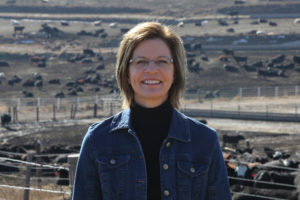
During my year as chairman, I hope to see a growth in the understanding of the Checkoff program among producers. I have watched the beef community grow in distrust of the Checkoff, while on the outside I am working to communicate a message of trust to the consumer about the beef we produce.
I intend to continue the high level of integrity and team approach modeled to me by my predecessors Kim Brackett, Jimmy Maxey, Anne Anderson, and Brett Morris. With a new CEO, I hope to build new industry relationships, strengthen current relationships, and continue to keep the focus on serving the producers by increasing demand for beef.
What do you see as one of the biggest challenges facing the Checkoff and the industry?
The Checkoff continues to face challenges from a variety of organizations about the value of beef in the diet, as well as organizations like HSUS and PETA which challenge our care ethics. Those challengers come with seemingly unlimited funds. The Checkoff program has a much smaller budget which must provide quality research and information about the nutritional value and sustainable practices of beef to the consumers, and at the same time provide resources like Beef Quality Assurance to producers. The Beef Checkoff is our producer-funded front line to defend and safeguard beef producers from misinformation about beef.
The Beef Checkoff program also faces challenges from within the beef community. I believe the Beef Checkoff program is the place all beef producers can come together as visionaries, goal setters, and decision-makers to drive demand for beef.
What would you like every investor to know about their Beef Checkoff program?
The Beef Checkoff program is producer-funded, producer-led, and producer-driven. In 1988, 79% of beef producers voted by referendum to approve the collection of $1/head for promotion, research, and information. What has the beef community gained over the past 30 years from that investment? Research shows we have an ROI of $11.20/dollar invested, but what producers can easily see are:
- Adding value to the carcass with new cuts of beef like the flat iron
- Developing solid research on the nutritional benefits of eating beef
- Helping producers develop standards of care to add consistency and value to beef products
- Providing sustainability research about the importance of cattle to the environment at the national and global levels
- Developing and strengthening export markets, which adds more value to the carcass through demand for beef and the offal desired in numerous countries around the world
- Engaging in the digital age of communication through active participation and behind-the-scenes crisis management. You might remember the first mad cow report in December of 2003, but did you even hear about the last one?
These are just a few of the activities provided by the checkoff.
Before I was appointed to the Cattlemen’s Beef Board, I had only a glimmer of an understanding of everything the Beef Checkoff does and how important the role of producers is in guiding the program. I have learned there are numerous checks and balances in place to make sure Checkoff dollars are managed according to the Act & Order. I have learned every producer has the responsibility for making sure Checkoff dollars are collected when cattle are sold. I have asked questions about contract requests and joined other board members in appreciation of the professional work done by contractors to the Beef Checkoff. I have met some incredible people with godly virtues working on behalf of the Checkoff program to make sure our investment is used wisely.
Just like other farmers and ranchers, my husband and I will keep working hard to care for our cattle, and hopefully make wise marketing decisions. It’s good to know I am part of a team working to keep beef on the plate so we can possibly pass this opportunity down to a grandchild.
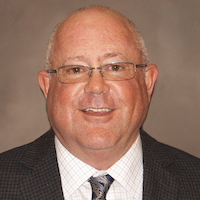 The CBB’s new chair, Chuck Coffey, is a fifth-generation rancher who grew up on a ranch in the hill country of Harper, Texas. He earned his bachelor’s and master’s degrees in range science from Texas A & M. After completing his master’s degree in 1985, Coffey taught agriculture at Murray State College in Tishomingo, Oklahoma, eventually chairing the department until 1993 when he joined the Noble Foundation as a pasture and range consultant. Today, Coffey and his wife operate a cow-calf operation with approximately 1,000 head of cattle near Springer, Oklahoma.
The CBB’s new chair, Chuck Coffey, is a fifth-generation rancher who grew up on a ranch in the hill country of Harper, Texas. He earned his bachelor’s and master’s degrees in range science from Texas A & M. After completing his master’s degree in 1985, Coffey taught agriculture at Murray State College in Tishomingo, Oklahoma, eventually chairing the department until 1993 when he joined the Noble Foundation as a pasture and range consultant. Today, Coffey and his wife operate a cow-calf operation with approximately 1,000 head of cattle near Springer, Oklahoma.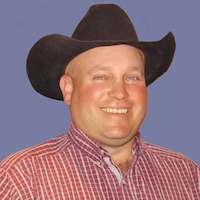 Vice chair Jared Brackett is a fifth-generation cow-calf producer from Filer, Idaho. Brackett is a Texas A & M alum and die-hard Aggie fan with a degree in agriculture economics. A past president of the Idaho Cattlemen’s Association, Brackett continues to serve on a number of other livestock committees and boards in addition to his responsibilities with the Beef Checkoff program.
Vice chair Jared Brackett is a fifth-generation cow-calf producer from Filer, Idaho. Brackett is a Texas A & M alum and die-hard Aggie fan with a degree in agriculture economics. A past president of the Idaho Cattlemen’s Association, Brackett continues to serve on a number of other livestock committees and boards in addition to his responsibilities with the Beef Checkoff program.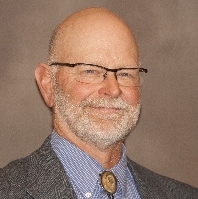

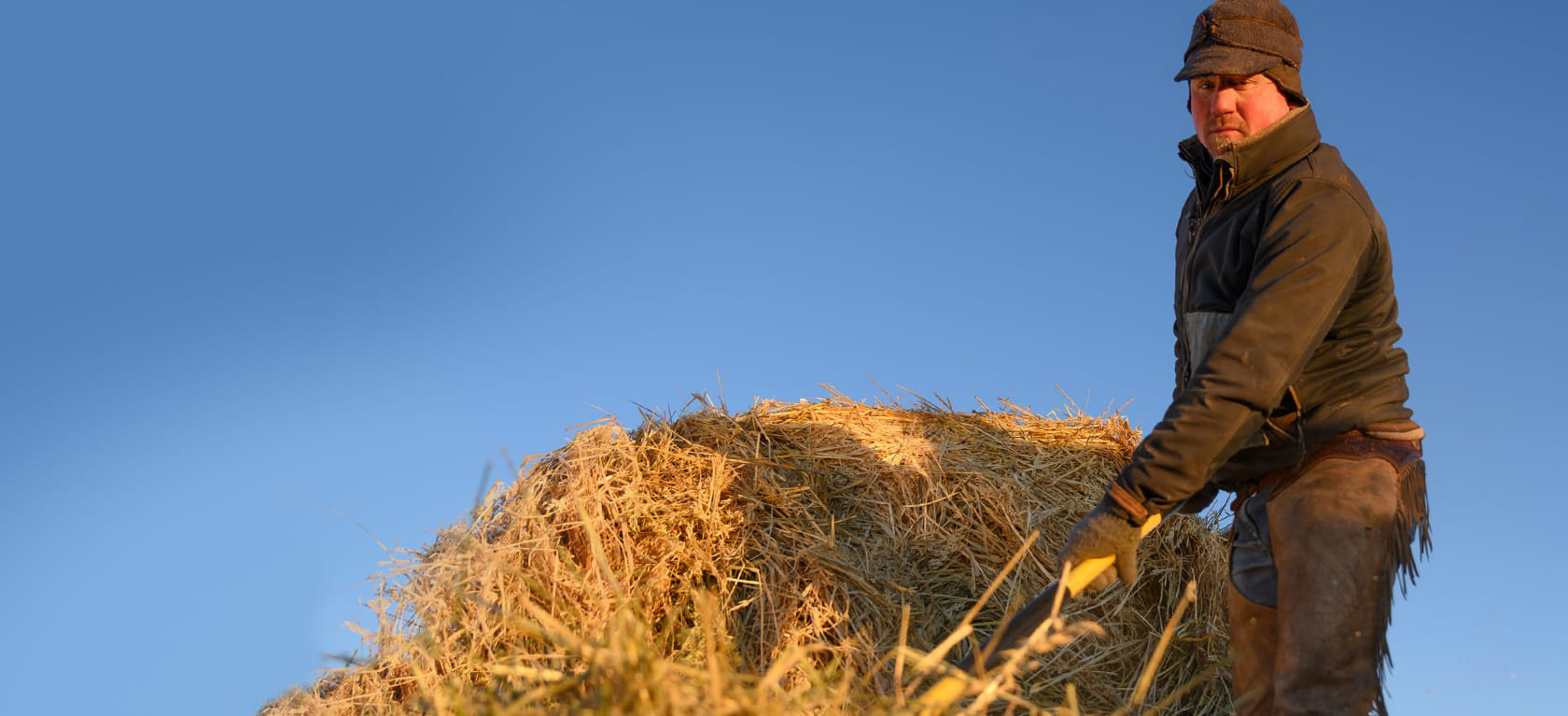
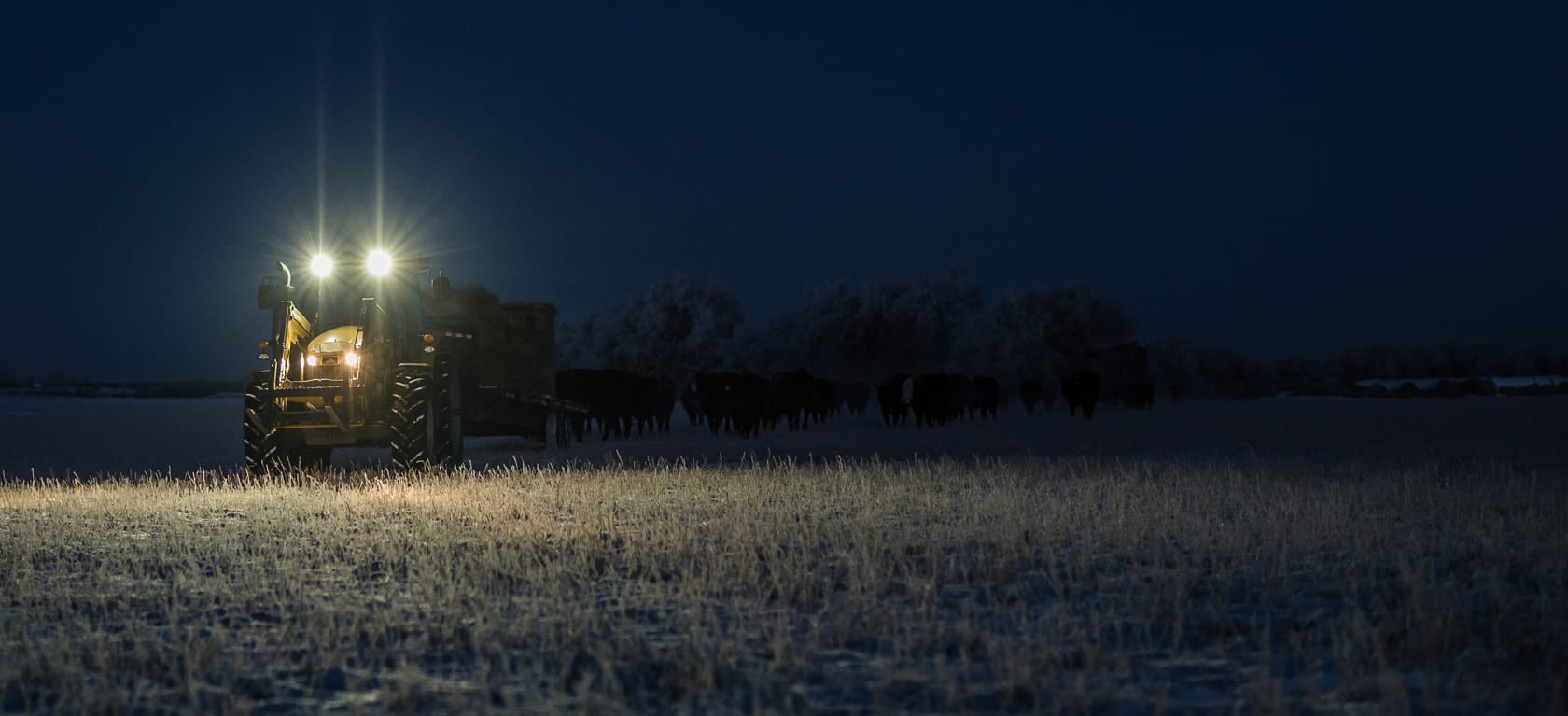
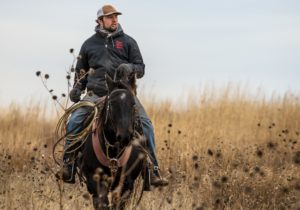 Agriculture Secretary Sonny Perdue today announced the appointment of 35 members to the Cattlemen’s Beef Promotion and Research Board also known as Cattlemen’s Beef Board (CBB). Producers and importers newly appointed to serve 3-year terms are:
Agriculture Secretary Sonny Perdue today announced the appointment of 35 members to the Cattlemen’s Beef Promotion and Research Board also known as Cattlemen’s Beef Board (CBB). Producers and importers newly appointed to serve 3-year terms are: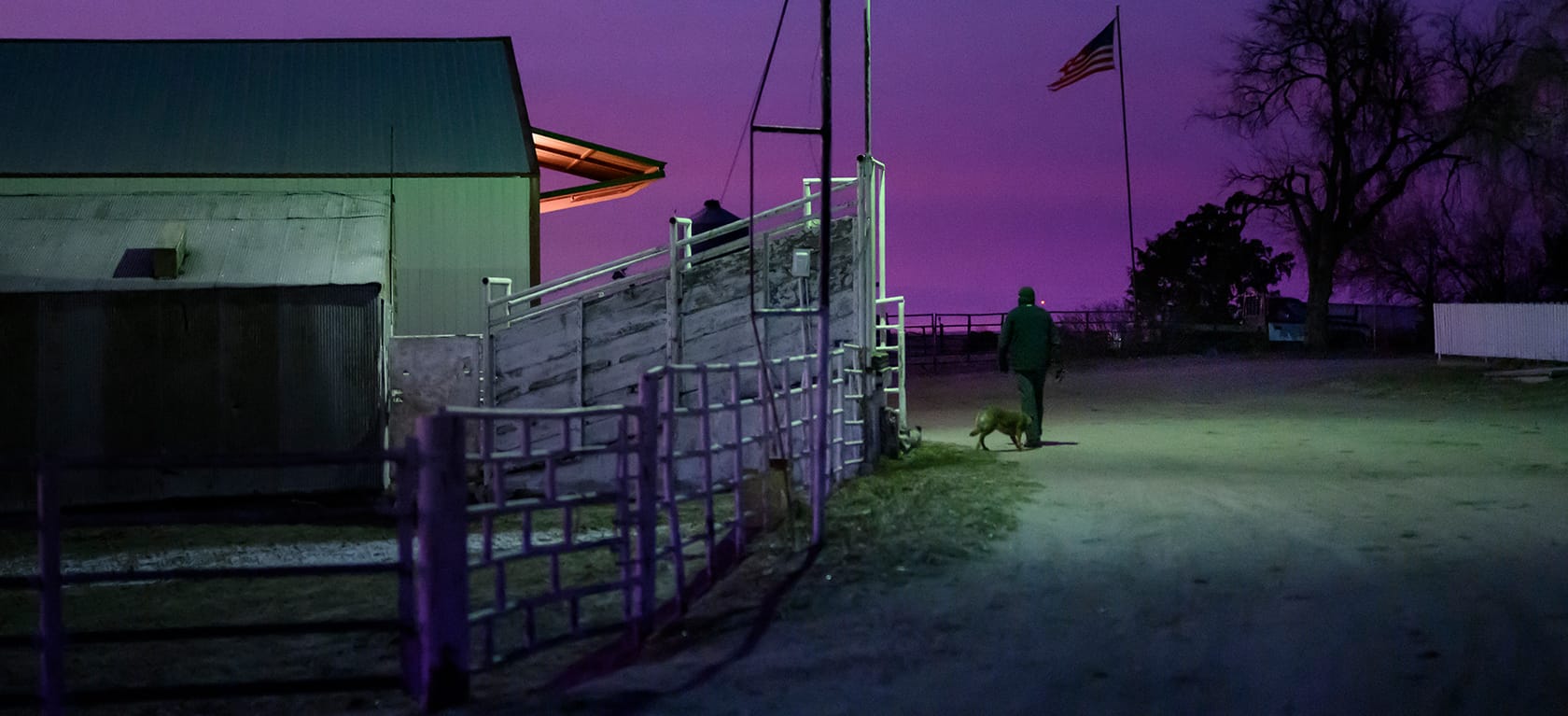
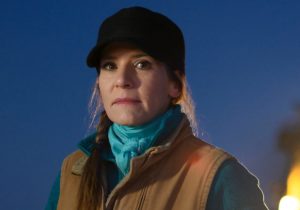 When asked about checkoff activities, two out of three producers said “informing producers about the results of beef checkoff programs” was essential. The Cattlemen’s Beef Board invests a small percentage (about 3.5 percent) of its total budget to keep all producers informed about what their money is accomplishing. This year, funding will be spent on an initiative called
When asked about checkoff activities, two out of three producers said “informing producers about the results of beef checkoff programs” was essential. The Cattlemen’s Beef Board invests a small percentage (about 3.5 percent) of its total budget to keep all producers informed about what their money is accomplishing. This year, funding will be spent on an initiative called 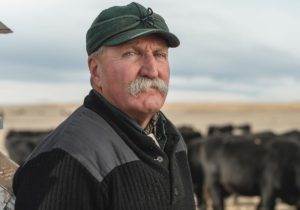 We all know that our industry continues to face challenges from various action groups.
We all know that our industry continues to face challenges from various action groups. 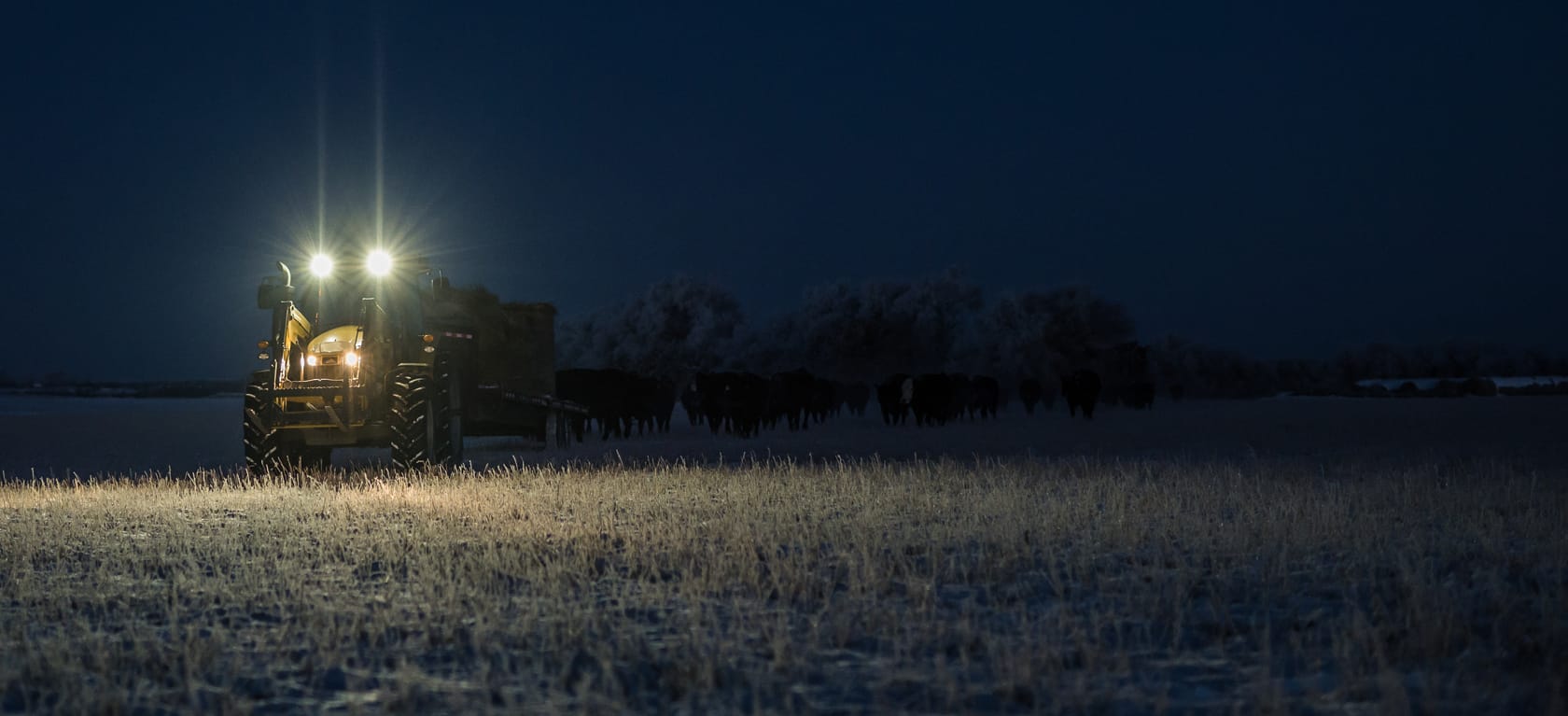
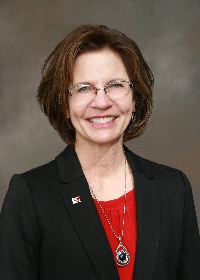
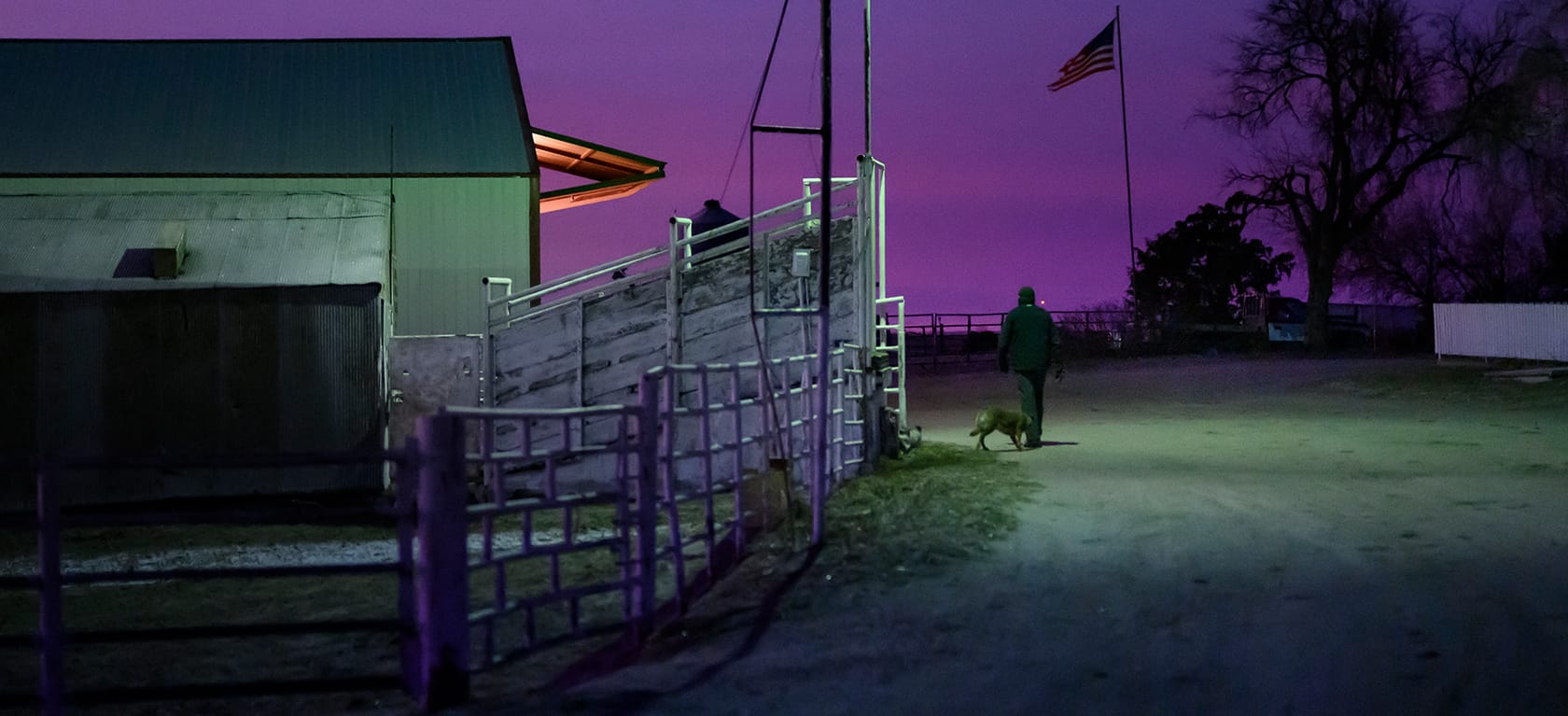
 Beef producer Joan Ruskamp from Dodge, Nebraska, was elected by fellow Cattlemen’s Beef Board (CBB) members to serve as CBB chairman in 2018. The vote came during the 2018 Cattle Industry Annual Convention in Phoenix, Arizona.
Beef producer Joan Ruskamp from Dodge, Nebraska, was elected by fellow Cattlemen’s Beef Board (CBB) members to serve as CBB chairman in 2018. The vote came during the 2018 Cattle Industry Annual Convention in Phoenix, Arizona.
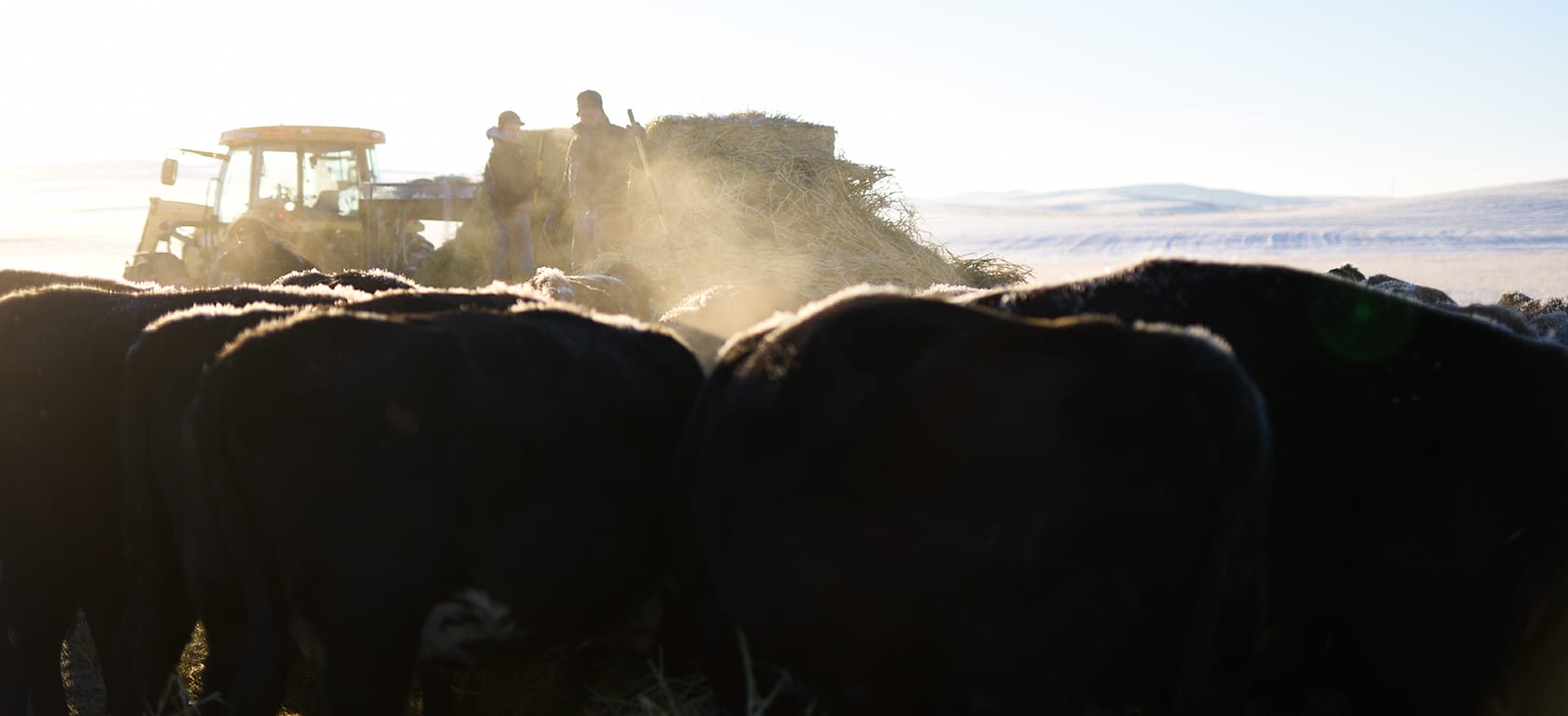
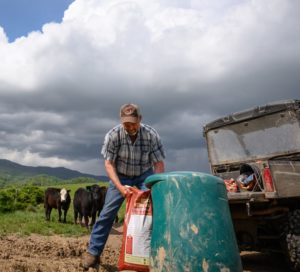 An independent survey of beef producers found 74 percent continue to approve of the Beef Checkoff program; this finding is 5 percent higher than the survey a year ago. Importantly, the more producers know about the program, the more supportive they are. The survey also found that producers are generally more optimistic about the cattle industry than they were a year ago. The random survey of 804 beef and dairy producers nationwide was conducted by the independent firm Aspen Media & Market Research from mid-December 2017 until mid-January 2018. The survey found that in addition to stronger support of the checkoff compared to a year ago, a substantial majority of beef and dairy producers continue to say their beef checkoff is a good value:
An independent survey of beef producers found 74 percent continue to approve of the Beef Checkoff program; this finding is 5 percent higher than the survey a year ago. Importantly, the more producers know about the program, the more supportive they are. The survey also found that producers are generally more optimistic about the cattle industry than they were a year ago. The random survey of 804 beef and dairy producers nationwide was conducted by the independent firm Aspen Media & Market Research from mid-December 2017 until mid-January 2018. The survey found that in addition to stronger support of the checkoff compared to a year ago, a substantial majority of beef and dairy producers continue to say their beef checkoff is a good value: